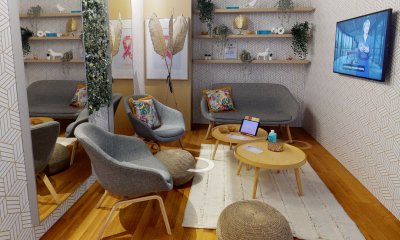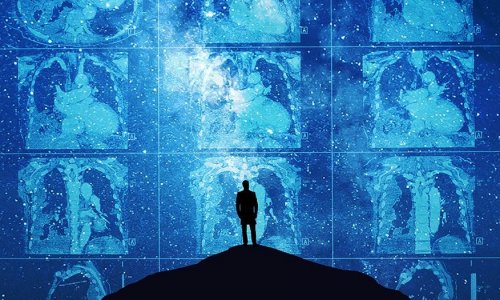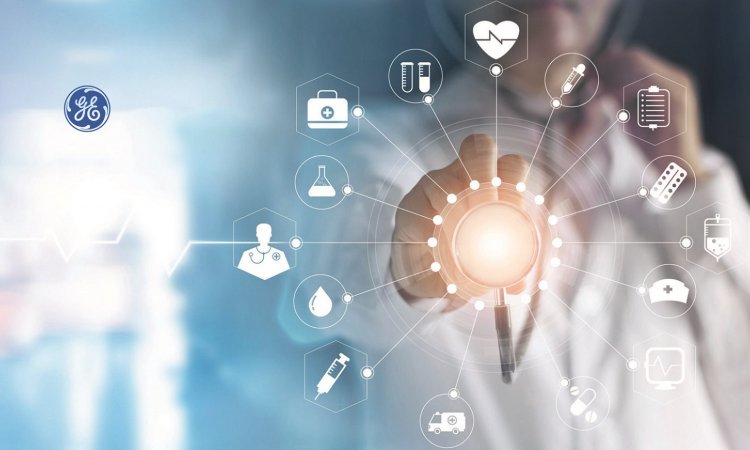The London tube and bus bombings
UK government now supports forensic radiography response team training
56 people were killed and over 700 injured when bombers staged four simultaneous attacks upon the London Transport system on 7 July 2005.

The London Mass Fatality Plan was invoked and an emergency mortuary was established in the City of London and was operational within 48 hours of the attacks. The Association of Forensic Radiographers initiated their planned response and called members of the UK Forensic Radiography Response Team (UKFRRT) comprised of radiographers working in hospitals throughout the UK who have specialised training and experience to deal with this kind of incident.
Over a 17-day period, 56 bodies and 1162 body parts were examined. Using fluoroscopy, primary surveys of whole bodies were undertaken by teams of two radiographers and a pathologist. This method of imaging facilitated rapid location of personal effects, documentation of injuries sustained by the victims and also aided the retrieval of foreign bodies. In the case of body parts, the primary survey was undertaken using digital and computed radiography.
Secondary surveys were undertaken following removal of clothing and external examination by the pathologist. They were mainly limited to intra-oral dental radiography in conjunction with odontological examination and enabled rapid, non-invasive acquisition of post-mortem data for comparison with available ante-mortem records.
Tertiary examinations of both bodies and body parts were undertaken at the request of the pathologist in a number of cases.
Use of modern radiographic imaging technologies contributed greatly to the speed of the pathology examination and identification process. Fluoroscopy and digital radiography enabled items of forensic evidence to be located and recovered very rapidly whilst minimising the need for invasive procedures.
The UK Government has recognised the need and value of such a team and is now supporting the training of the UKFRRT, as well as the lease of digital radiographic equipment.
Source: GE Healthcare
27.03.2009











